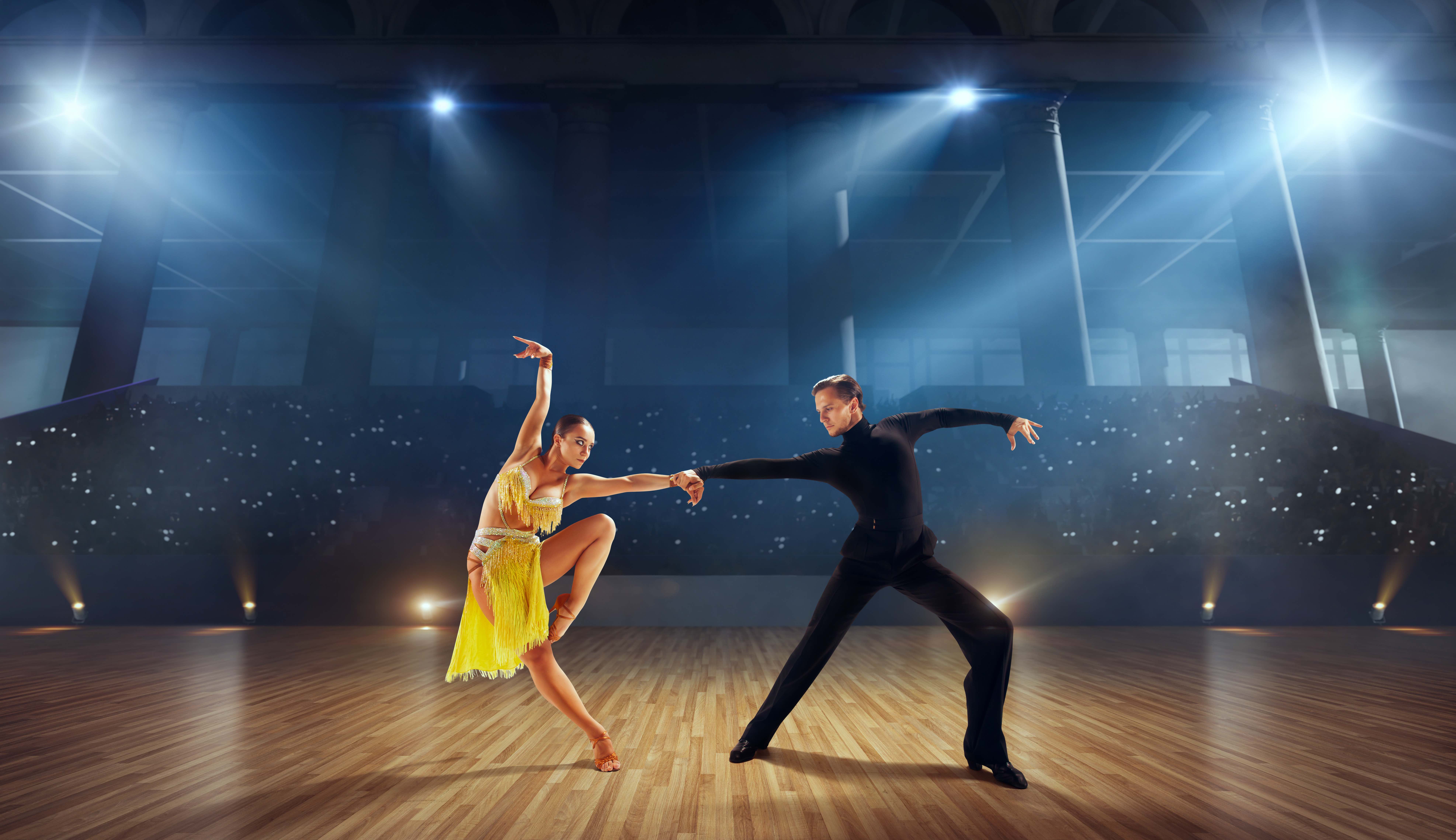9 Simple Techniques For Dance San Francisco
Wiki Article
The Greatest Guide To Dance San Francisco
Table of ContentsUnknown Facts About Dance San Francisco4 Easy Facts About Dance San Francisco ShownDance San Francisco - QuestionsThe Definitive Guide for Dance San FranciscoThe smart Trick of Dance San Francisco That Nobody is DiscussingThe Best Strategy To Use For Dance San FranciscoThe Ultimate Guide To Dance San Francisco
The major difference that identifies the Miami-style from other North American styles is the "Atras" or "Diagonal", back breaking actions executed backwards diagonally as opposed to relocating forwards and in reverse as seen in the New York style. Dancers do not move their body weight greatly as seen in various other styles. bay area salsa dancing. Rather, dancers keep their top body still, positioned and kicked back, concentrating on foot activityA significant distinction between Cali Style and Miami-style is the last is exclusively danced on the downbeat (On1) and has elements of lusters and show-style included to it, complying with collections of North American styles. Miami-style has numerous followers, specifically Cuban-Americans and various other Latinos based in South Florida.
Numerous of the relocations involve swiftly exchanging companions. "Rueda de Miami" originated in the 1980s from Miami, is a formal design with several regulations based on a mix, and is a hybridization of Rueda de Cuba & North American dancing designs, with some routines reflecting American culture (e
Coca-Cola, Dedo, Adios) which is not found in the traditional Cuban-style Typical. Cali is likewise recognized as the "Funding de la Salsa" (Salsa's Capital); due to salsa songs being the major category in parties, bars and festivals in the 21st century.
Cali has the highest number of salsa schools and salsa groups in the world. The main attribute is the maneuvering which has quick rapid actions and avoiding activities called "repique".
Dance San Francisco Can Be Fun For Anyone
They consist of various acrobats such as partnered turns to captivate with these jaw dropping stunts. Their maneuvering is intricate and accurate, helping numerous Colombian Style dancers win significant world championships. Cali hosts several yearly salsa events such as the World Salsa Cali Celebration and the Encuentro de Melomanos y Coleccionistas.Researchers in the natural scientific researches researched the math of salsa dance actions. In the social scientific researches, scientists have examined salsa dancing to understand, for example how the Latino identity is linked to salsa dancing.
and, researchers have also utilized salsa dance to research the ephemerality of social groups. Salsa songs the songs to which salsa is danced Mambo a dance design which heavily affected salsa dance Palladium Ballroom a New york city City venue that aided see this site promote Latin music and dance throughout the 1940s and 1950s Dance a ballroom dancing that greatly affected salsa World Salsa Championships a checklist of international competitors for salsa dance Cuban salsa a prominent type of salsa dancing from Cuba Boggs, Vernon (1992 ).
All about Dance San Francisco
ISBN 0-313-28468-7. OCLC 24908952. Hutchinson, Sydney (2004 ). " Mambo on 2: The birth of a new form of dancing in New york city City" (PDF). Centro Journal. 16: 108137. ISSN 1538-6279. " What Is Salsa (Dance)?". 2023-03-13. Retrieved 2023-05-26. Youthful, Takeshi (26 June 2023). " Latin Dancing". Salsa Vida. Retrieved 5 October 2023. " Designing salsa".Salsa Vida. 26 June 2023. Obtained 5 October 2023.
Salsa Vida. Moving Companies and Shakers Salsa & Bachata Dance Academy. Spinning Mambo Into Salsa.
The city of music memory: salsa, document grooves, and preferred society in Cali, Colombia. Salsa Vida SF. The Journal of Popular Society.
Dance San Francisco Things To Know Before You Buy
:10. 1002/cb. Journal of Business Study.
Something went incorrect. Wait a moment and try again Try again.
Facts About Dance San Francisco Revealed
We're speaking about the dancing, not the scrumptious South American spice. The origins of the word "Salsa" as the name of a dancing has been a source of debate for years. The most preferred (and potentially approved) concept is that Cuban and Puerto Rican artists in New York created the expression in New york city in the 1970's, to explain the spicy combination of music they were producing out of the rhythms and motifs of Cuban child montuno, guaracha, chachacha, mambo and bolero.Report this wiki page